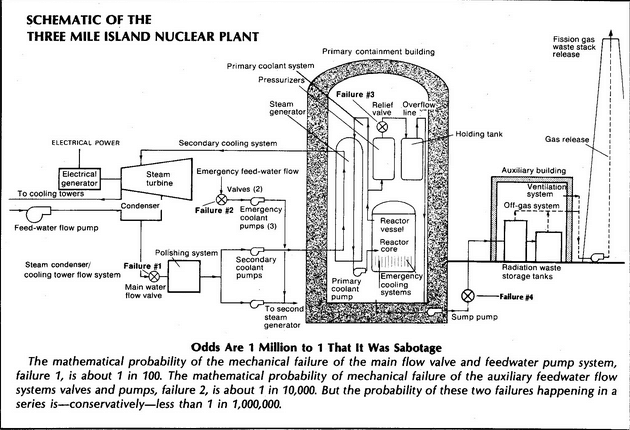Berkeley’s institutional fear of low dose radiation traced to a suffocated rat
While learning more about the effect that John Gofman and Arthur Tamplin had on radiation protection regulations, I found an important story to share. Excessive fear of low dose radiation among University of California Berkeley (UCB) researchers that were early pioneers in radiation and radioactive isotopes was directly influenced by a single dead rat. The…

